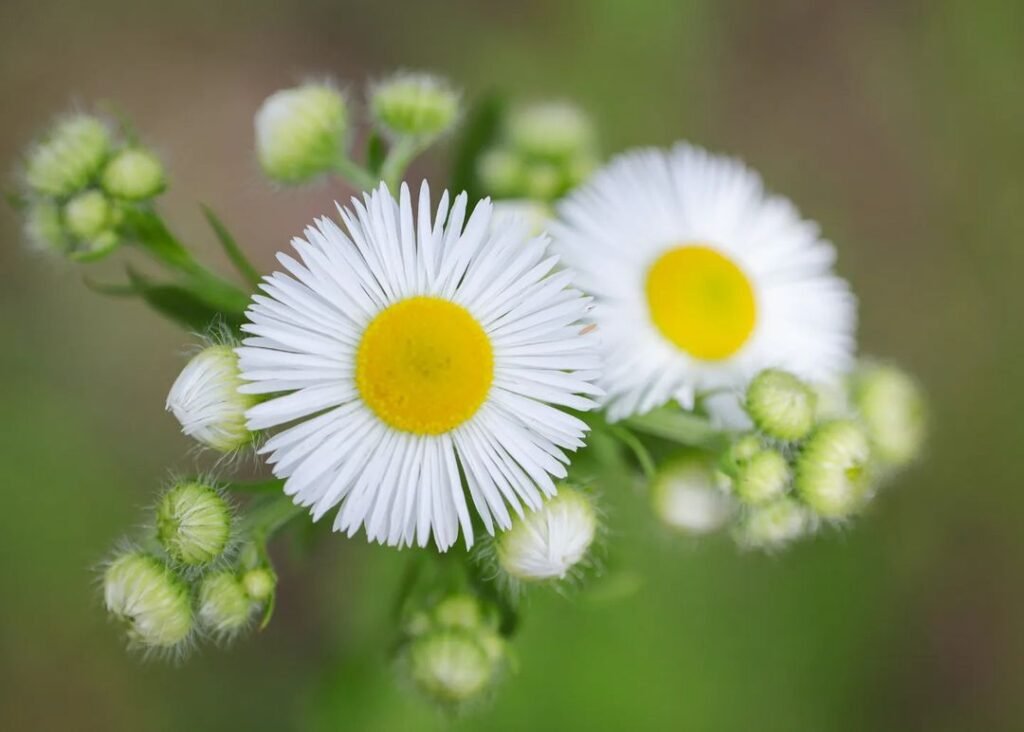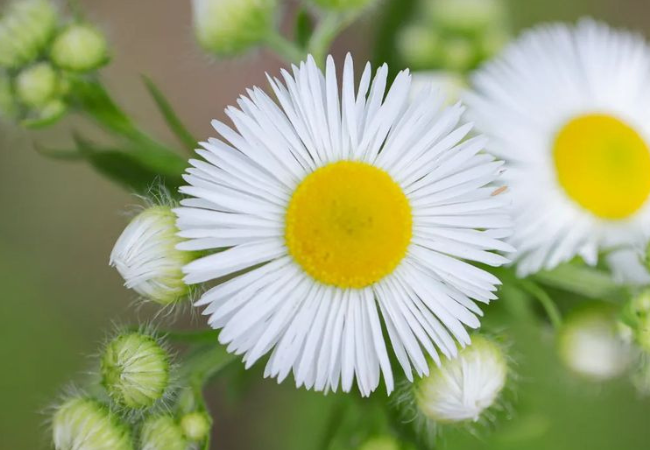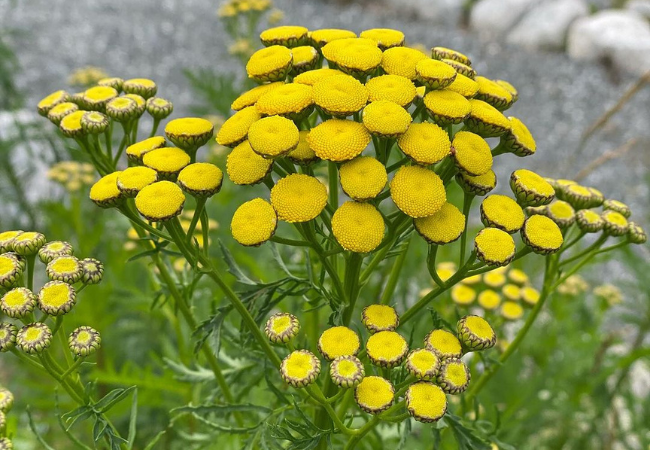Discover the delightful Fleabane flower. Learn about its varieties, care tips and ecological benefits. Perfect for wildflower enthusiasts and natural garden lovers.
Fleabane flowers are charming, daisy-like wildflowers that add a touch of whimsy to gardens and meadows. Often overlooked, these resilient plants offer both beauty and ecological benefits. In this article, we’ll explore the world of Fleabane flowers, their care and why they’re a valuable addition to any natural landscape.
Here’s an information chart for Fleabane:
| Category | Information |
|---|---|
| Botanical Name | Erigeron spp. |
| Common Name | Fleabane |
| Plant Type | Perennial |
| Hardiness Zone | Zones 3-9, depending on species |
| Sun Exposure | Full sun to part shade |
| Soil Type | Well-draining |
| Watering | Moderate |
| Growth Habit | Upright, spreading |
| Height/Spread | Varies by species; typically 6 inches to 3 feet tall, spreads 1-2 feet |
| Special Features | Daisy-like flowers in white, pink or purple, attracts butterflies, deer resistant, drought tolerant |
What are Fleabane Flowers?

Fleabane belongs to the genus Erigeron in the aster family. These plants are known for their small, daisy-like flowers with narrow petals surrounding a yellow center. They come in shades of white, pink and lavender.
Some common types of Fleabane include:
- Philadelphia Fleabane (Erigeron philadelphicus)
- Robin’s Plantain (Erigeron pulchellus)
- Daisy Fleabane (Erigeron annuus)
The United States Department of Agriculture provides detailed information about the Erigeron genus.
Growing Fleabane Flowers
Fleabane is relatively easy to grow and often self-seeds readily. Here are some tips:
- Sunlight: They prefer full sun to partial shade.
- Soil: Fleabane is adaptable but prefers well-draining soil.
- Planting: Sow seeds directly in the garden in spring or fall.
- Water: Once established, they’re quite drought-tolerant.
- Fertilizer: Fleabane doesn’t require much fertilizer and often thrives in poor soil.
The Lady Bird Johnson Wildflower Center offers comprehensive information on native plants, including various Fleabane species.
Caring for Fleabane Flowers
Fleabane is a low-maintenance plant, but here are some care tips:
- Deadhead spent flowers to encourage more blooms and control self-seeding.
- In warmer climates, cut back plants after flowering to encourage a second bloom.
- Division is usually unnecessary as plants are short-lived but self-seed readily.
- Watch for powdery mildew in humid conditions.
The University of Minnesota Extension provides general information on caring for garden plants that can be applied to Fleabane.
Ecological Benefits of Fleabane
Fleabane offers several benefits to the ecosystem:
- Pollinator Support: They attract a variety of pollinators, including bees and butterflies. The U.S. Forest Service provides information on pollinator-friendly gardening.
- Native Plant: As a native plant in many areas, it supports local ecosystems.
- Erosion Control: Their fibrous root systems can help prevent soil erosion.
- Wildlife Food: Seeds provide food for small birds.
The National Wildlife Federation explains the benefits of using native plants like Fleabane in gardens.
Uses of Fleabane Flowers
Fleabane has several uses:
- In Gardens: They’re perfect for wildflower meadows, cottage gardens and naturalized areas.
- As Ground Cover: Some low-growing species make excellent ground cover.
- Medicinal Uses: Historically, some species were used in herbal medicine, though always consult a doctor before using any plant medicinally. The National Center for Complementary and Integrative Health provides information on herbal medicines.
- Cut Flowers: They make charming additions to wildflower bouquets.
Interesting Facts About Fleabane
Did you know?
- The name “Fleabane” comes from the old belief that the plant could repel fleas.
- Some Native American tribes used Fleabane in traditional medicine.
- Fleabane is often one of the first plants to colonize disturbed areas, making it a pioneer species.
- Despite their delicate appearance, Fleabane flowers are quite resilient and can bloom for extended periods.
The Smithsonian Gardens often provides interesting insights into various plants and their cultural significance.
Fleabane flowers are more than just pretty wildflowers. They’re hardy, ecologically beneficial plants that can add charm and resilience to any garden or natural area. Whether you’re creating a wildflower meadow, supporting local pollinators, or simply looking for a low-maintenance native plant, Fleabane is an excellent choice.
For more information on growing Fleabane and other native plants, visit the United States Botanic Garden website.
Remember, while Fleabane is generally easy to grow, it’s always best to consider your specific climate and garden conditions. Don’t hesitate to consult local native plant societies or botanical gardens for advice tailored to your area. Happy gardening and enjoy the delightful presence of Fleabane in your landscape!
For more gardening tips and plant care guides, visit usagardenhub.com.






